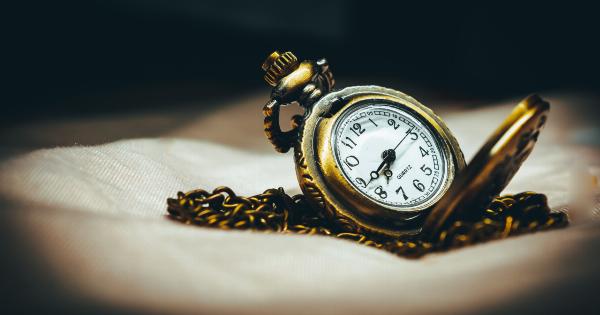As societal norms and expectations continue to evolve, the age difference between partners is no longer a taboo subject.
However, the question still remains: what age do men prefer in their female partners? The answer is not straightforward and may vary depending on the man’s personal preference and cultural background.
Age Range Preferences
A 2010 study conducted by the dating website OkCupid found that men’s age preferences for their female partners tend to follow a bell curve. The majority of men preferred women within their own age range or slightly younger.
However, as men aged, their preference for younger women increased. For example, men in their early 20s typically preferred women in their early 20s, while men in their 40s preferred women in their mid-20s.
Another study conducted in 2018 by the dating website Zoosk found similar results.
Men of all ages preferred women who were slightly younger, but the biggest age gap preferences were found in men between the ages of 40 and 49, who preferred women between the ages of 22 and 28.
Personal Preferences
While these studies provide some insight into the general preferences of men, it is important to note that everyone has their own individual preferences when it comes to age.
Personal experiences and cultural backgrounds can also play a role in what age a man may prefer in a partner.
For example, some men may prefer women who are older, as they may be more experienced or mature. Others may prefer younger women who are more playful and carefree. Additionally, cultural differences may affect age preferences.
In some cultures, an age difference of 10 or more years between partners is common and even expected.
The Impact of Media and Society
Media and societal influences may also play a role in shaping men’s age preferences. Historically, media has portrayed younger women as more desirable and attractive.
Today, social media and dating apps can also influence age preferences by allowing men to filter their matches based on age. However, as society becomes more accepting of age differences between partners, it is possible that age preferences may become more flexible.
Conclusion
At the end of the day, the age preference of a man is highly subjective and can depend on a variety of factors.
While studies have shown that men generally prefer women who are slightly younger, it is important to remember that personal preferences and cultural backgrounds can play a significant role in what age a man may prefer in a partner. As societal attitudes towards age differences between partners continue to evolve, it is possible that age preferences may also become more flexible in the future.































